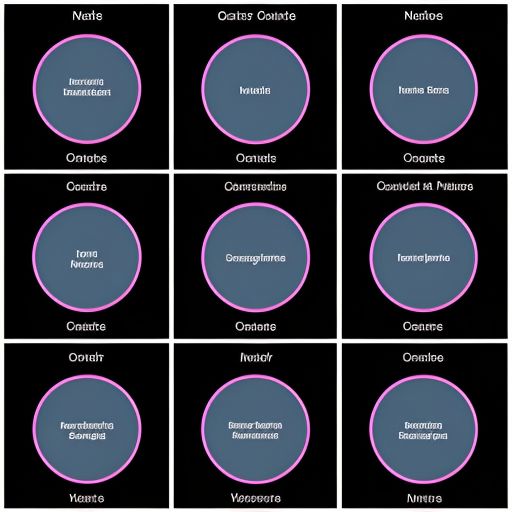In today’s digital landscape, where communication flows seamlessly through emails, ensuring the security of this vital channel is paramount. This is where the Gartner Magic Quadrant for Email Security comes into play, serving as a crucial navigational tool for businesses seeking robust email protection.
What is the Gartner Magic Quadrant for Email Security?
Imagine a compass guiding you through a vast ocean of email security providers. The Gartner Magic Quadrant is that compass. It’s a culmination of rigorous research and analysis by Gartner, a globally recognized technological research and consulting firm. They evaluate various email security vendors based on their “Completeness of Vision” and “Ability to Execute.”
Why is the Magic Quadrant Important?
The Magic Quadrant categorizes vendors into four quadrants:
- Leaders: Recognized for their completeness of vision and consistent delivery.
- Challengers: Strong performers with a focused vision but might lack in some areas.
- Visionaries: Forward-thinking and innovative but may need to strengthen their market presence.
- Niche Players: Specializing in specific segments or geographies.
The Significance of Email Security in a Cloud-First World
As businesses increasingly migrate to cloud-based email platforms like Microsoft 365 and Google Workspace, the attack surface for email threats expands. Traditional on-premises solutions often fall short in combating sophisticated phishing attacks, malware, and data breaches.
Addressing Key Email Security Concerns
The Gartner Magic Quadrant recognizes that effective email security solutions must address:
- Phishing Attacks: Sophisticated phishing campaigns are on the rise, often bypassing traditional security measures.
- Malware and Ransomware: Email remains a primary vector for delivering malicious payloads.
- Data Loss Prevention (DLP): Accidental or intentional data leakage through email can have severe consequences.
- Compliance Requirements: Businesses must comply with industry regulations regarding data privacy and email security.
FAQs about Gartner Magic Quadrant for Email Security
How often is the Gartner Magic Quadrant for Email Security updated?
Gartner typically updates the Magic Quadrant for Email Security annually, reflecting the latest trends and vendor landscapes.
What are some key factors Gartner considers when evaluating email security vendors?
Gartner’s assessment includes factors like:
- Security Features: Effectiveness against various threats like phishing, malware, and spam.
- Deployment Options: Cloud-based, on-premises, or hybrid solutions.
- Management and Reporting: Ease of use, visibility into threats, and reporting capabilities.
- Performance and Scalability: Ability to handle high email volumes without impacting performance.
security.hanawaterbury.com/wp-content/uploads/2024/07/gartner-magic-quadrant-668ba4.jpg" alt="Gartner Magic Quadrant Example" width="512" height="512">Gartner Magic Quadrant Example
Choosing the Right Email Security Solution
While the Gartner Magic Quadrant provides valuable insights, selecting the right email security solution goes beyond just the quadrant placement. Businesses should consider their unique needs, budget constraints, and integration requirements.
Questions to Ask Potential Vendors
- What specific threats does your solution excel in mitigating?
- How does your solution integrate with our existing email infrastructure?
- Can you provide case studies or testimonials from businesses similar to ours?
Conclusion
Navigating the ever-evolving landscape of email security can be daunting. The Gartner Magic Quadrant serves as a beacon, providing valuable insights and direction. By understanding the criteria used for evaluation and asking the right questions, businesses can make informed decisions to fortify their email defenses and safeguard their sensitive data.
Remember, email security is not a one-time implementation but an ongoing process. Regularly reassessing your needs, staying informed about emerging threats, and partnering with trusted vendors are crucial steps in maintaining a robust email security posture.
